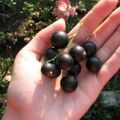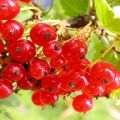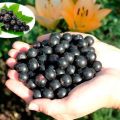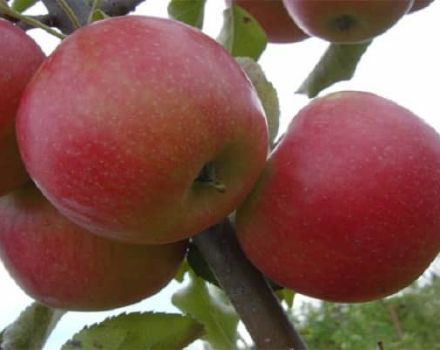How to properly care for currants in the fall, watering and feeding, pruning and preparing for winter
Gardeners have a lot of fruit trees and shrubs on their land. Caring for everyone requires time and effort, and, as practice shows, currants are given the least time. With sufficient care for the currants in autumn, the shrub will delight with the harvest every season for 12-14 years.
What to do with currants in the fall to have a good harvest
Outwardly, the currant looks like a sturdy shrub, which, as it seems, can survive drought, the attack of parasitic insects and pests. But for this she needs some care from the gardener. And this applies to black, red and white currants.
Autumn care has its advantages. At this time, most of the work on the land is reduced, and a person has time to tackle currants. Typically, care consists of the following:
- Top dressing with organic and mineral substances.
- Processing a plot of land around the bush.
- All types of pruning - formative, rejuvenating and sanitary.
- Watering.
- Processing currants from pests and diseases.
- Mulching.
Completion of all stages of work in the autumn is a guarantee of successful wintering. Leaving is a kind of help for gaining strength, laying fruit buds and entering the sleep phase. In order for the currants to give a rich harvest from year to year, one should not forget about carrying out autumn work.
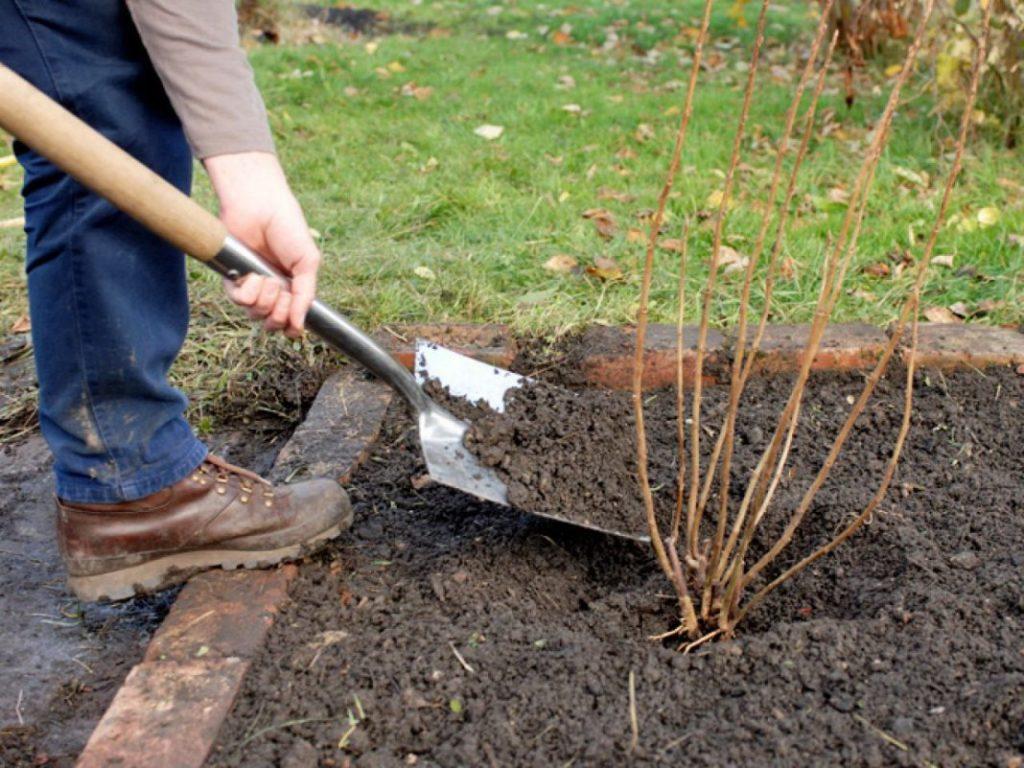
How to properly care for red and black currants in the autumn
The dates for the maintenance work fall at the end of October and the beginning of November. Currant is a shrub that wakes up in early spring.
In order not to harm her, it is necessary to have time to complete all the work in the fall.
Before proceeding with pruning and other procedures, it is important to make sure that the crop is suspended sap flow.
Shaping and rejuvenating pruning
The first on the list of maintenance jobs is trimming. Neglect of this procedure turns into a change in the size of the berries for the gardener. They are getting smaller every year.
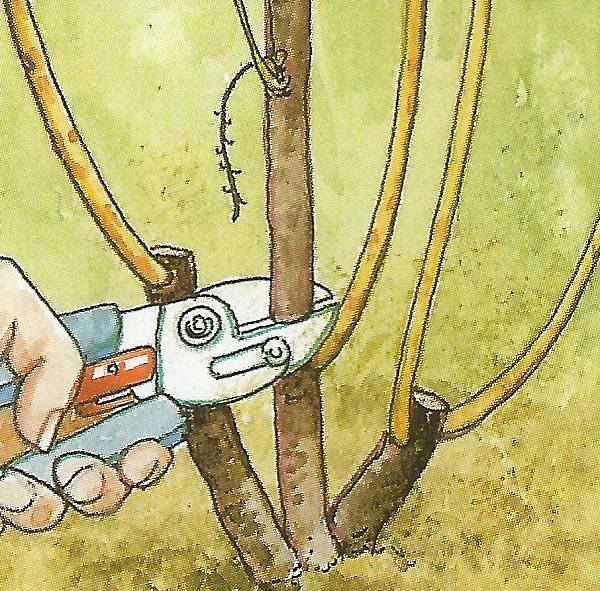
Pruning begins by removing old branches that contain small fruits. The bush is thinned out from the branches, the growth of which is directed towards the very center. It is important to get rid of them, as they thicken the bush.
Broken and weak branches with few shoots are also cut. As a rule, no more than 6 branches are left on one bush, the minimum amount is 4 pieces.In the next season, pruning is repeated, leaving only 3 branches on the bush. Because currants are a bushy shrub, pruning correctly makes care for the next fall easier.
Watering
A young bush needs a lot of moisture. One crop requires 2 to 6 buckets of water. In rainy, cold autumns, watering is not required, provided that the trunk circle is well covered with mulch.
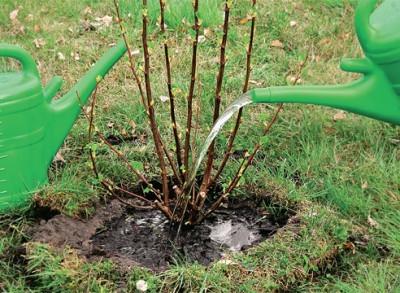
On average, gardeners use up to 6 buckets for watering one bush. You may also need only 3 buckets. It all depends on the composition of the soil and its ability to pass moisture. Water should penetrate 30-55 cm deep.
Black currant is not watered at the root, as this harms the underground part. At a distance of 10-20 cm around the bush, grooves are pulled out to a depth of 13 cm. When watering, water is poured into them.
Top dressing
Used as fertilizers:
- substances based on potassium and phosphorus;
- compost;
- cow dung;
- chicken droppings.
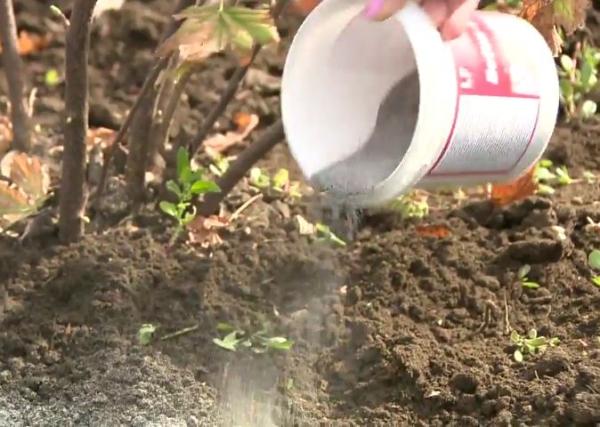
Fertilizers are applied to wet soil. Therefore, feeding is carried out after watering.
Mulching
After pruning, watering and fertilizing, they proceed to work with the trunk circle. It needs to be mulched. To do this, use hay, leaves of trees or shrubs, as well as compost. In the latter case, it can serve as a fertilizer. The mulch layer should not exceed 10 cm.
Rotten sawdust is also a good mulch. The grass that remains after cutting the lawn is also used as a protective layer. If a person has chosen leaves and branches of bushes or trees, they should not be fruit. They give preference to decorative types.
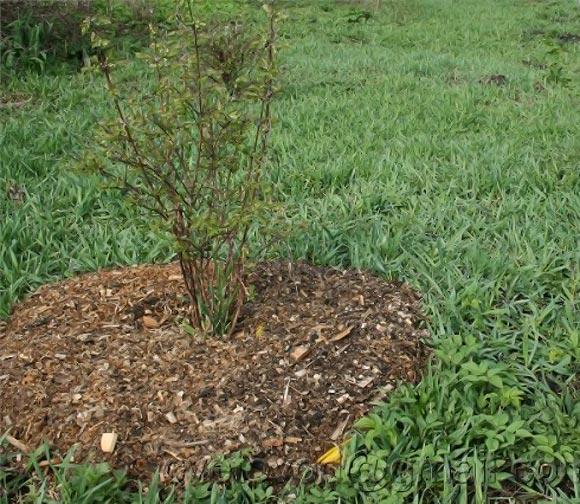
We process the bite zone
The plot of land around the bush is freed from weeds, fallen leaves, various branches and all sorts of "debris". All this is burned, getting wood ash, which in the future may be needed when carrying out garden work. If the surface is clean, the soil is dug to a shallow depth.
Only 6-8 cm is enough. This will not damage the root system of the shrub, but it will turn out pests to the surface, which will freeze in winter and will not be able to spoil the harvest in the next season. Digging enhances water and air exchange of soil. In autumn, the roots continue to absorb moisture and accumulate it in the tissues. In turn, this will help the currants survive the winter and avoid moisture evaporation from the branches that are located on the south side.

Plant transplant
Old bushes are transferred to a new place. Regardless of the type of shrub, the procedure takes place exclusively in the fall. Throughout the winter, the soil settles and compresses. Thanks to this, the seedlings will quickly grow in spring. If the transplant conditions are met, the shrub will develop correctly.
Preventive treatment
After mulching, the currants are observed. When all the leaves fall off the branches, preventive treatment is carried out. An excellent remedy for fungal diseases is Bordeaux liquid. The dosage of the drug should be within 2-3%.
Processing is carried out only after most of the leaves have fallen - about 85%. The remains are collected by hand. In no case should it be used as mulching. The leaves are burned along with the cut branches.
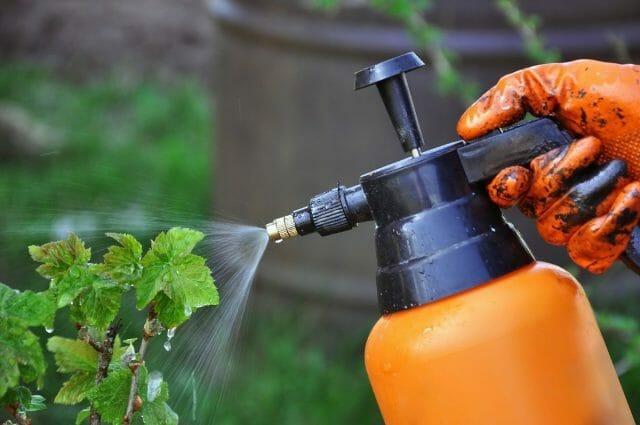
For maximum effect, each branch and even the trunk circle are sprayed. This approach also helps to clear the soil from pests, since when spraying, part of the substance enters the territory of the trunk circle.
How to prepare currants for winter
In addition to classic works, currants need a number of additional procedures. We are talking about adding soil and bending branches. If the branches are well covered, they will not be damaged during the winter. Shrubs growing in the Urals especially need this.
Adding soil
After feeding, currant bushes must be examined. They could be washed out after watering or as a result of precipitation. The bare place is covered with earth, compacting it with a shovel. To exclude the formation of voids, the place is additionally compacted with feet.
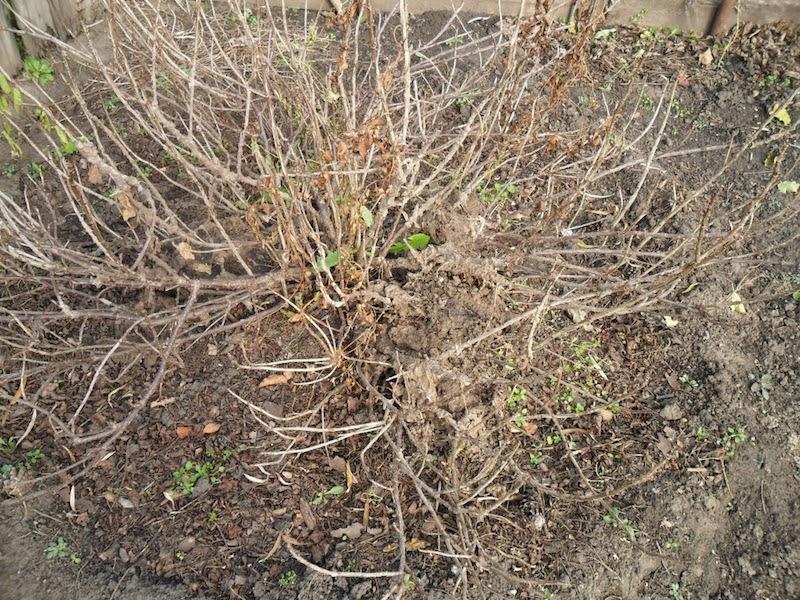
The soil for filling is prepared in advance. Ash, earth and wood soot are mixed in equal amounts. Instead of the last component, furnace soot is taken. If it is not possible to prepare the mixture, use ordinary soil taken from the garden plot.The bedding layer should be around 10 cm.
Bending branches and covering them for the winter
Preparing currants for winter necessarily includes this stage. Shrubs tolerate winter without problems if the air temperature is not lower than -25 ° C. With more severe frosts, the branches die off, and the amount of the harvest in the next season is automatically reduced. But with proper care, currants will withstand temperatures of -50 ° C.
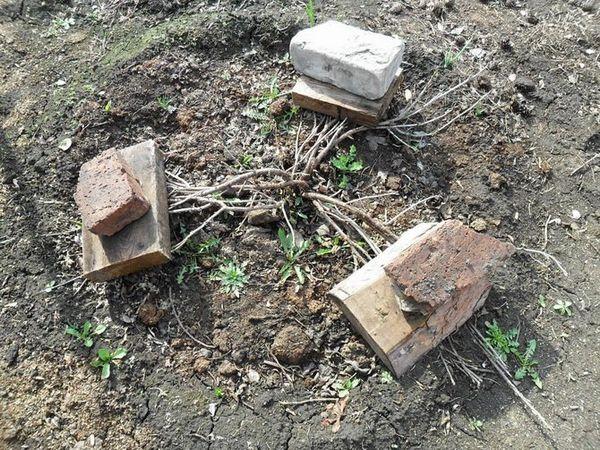
The shrub will survive the winter if the branches are pressed to the ground. This is done in several ways:
- The bush is pressed down with a heavy stone or brick. It is not recommended to lay all branches under one brick. They are distributed between 5-6 stones.
- Wrap the branches with frost-resistant material. Each is individually wrapped with agrofiber. As a result, the currants will withstand temperatures down to -40 ° C. Polyethylene is categorically not suitable as insulation, since the plant will not be able to breathe and will die. When growing shrubs in regions with severe winters, mineral wool is used together with agrofibre.
- Burying the bush into the soil. The earth is a wonderful insulation. Being under a layer of earth, the shrub will withstand temperatures down to -35 ° C.
Wrapping currants with agrofibre is especially important in snowless winters. In this case, each branch is covered with fabric separately.
It is not recommended to cover the entire bush with agrofibre together, as this will not provide the plant with adequate protection.
When a large amount of snow falls, a snow cushion is made at the base of the bushes. Its height does not exceed 10 cm. After that, the bush is completely covered with snow, and it will definitely survive the winter without problems.
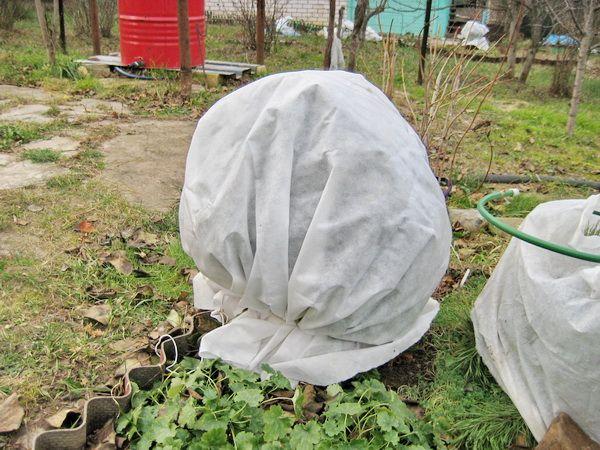
Red, black, white, gold - differences in care
Autumn care for currants is the same for each species. The only difference is when the crop is cared for. Depending on when a particular variety begins to bear fruit, watering, feeding and autumn pruning occurs a week earlier or later. As a rule, gardeners combine grooming work.
Summer residents are trying to have time to perform pruning before the onset of winter frosts. If this is not done on time, the currants may die during wintering. At first, it is difficult for beginners to determine when to prepare a plant for winter. Over time, a person learns to recognize when to carry out a particular procedure.
Autumn care for currant bushes does not cause much trouble to a person. If you spare no effort and time, the gardener gets a healthy bush with a large harvest. Moreover, the quantity and quality of berries will not decrease with the onset of the new season.



